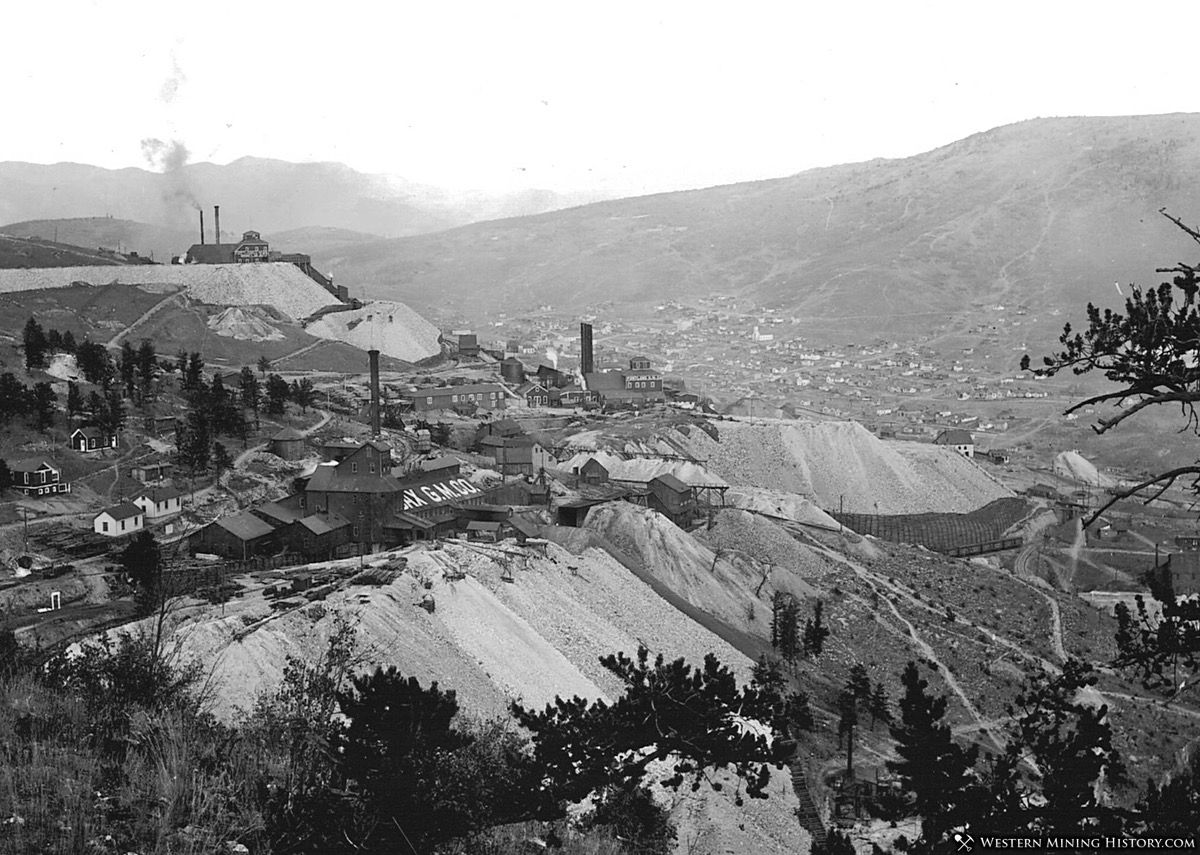Numerous gold and silver rushes were the primary factor in the initial settlement of the western states. Thousands of mining camps were formed, but most only lasted a few months or a few years before the residents packed up and moved on to the next rush or a more prosperous town with greater opportunity.
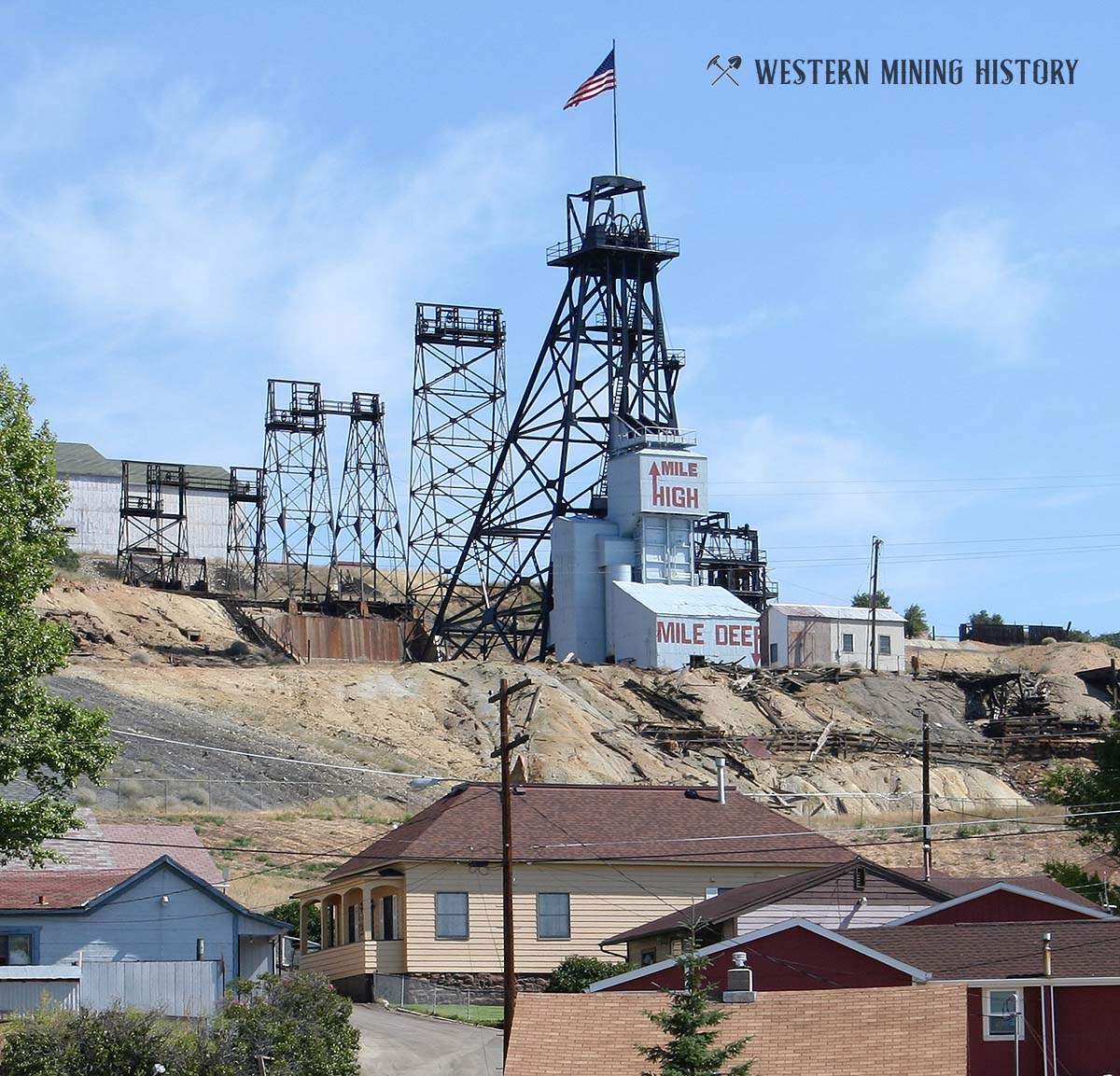
Some camps were located on great bonanzas of ore however, and these camps grew first into towns, and then into cities. A few cities, especially in the case of the great copper camps that rose to prominence in the 1890s, became significant industrial centers that were known throughout the world.
These prominent mining towns have survived for well over 100 years and make great tourist destinations for travelers that would like to witness firsthand the amazing history of the western mining frontier.
1. Butte, Montana
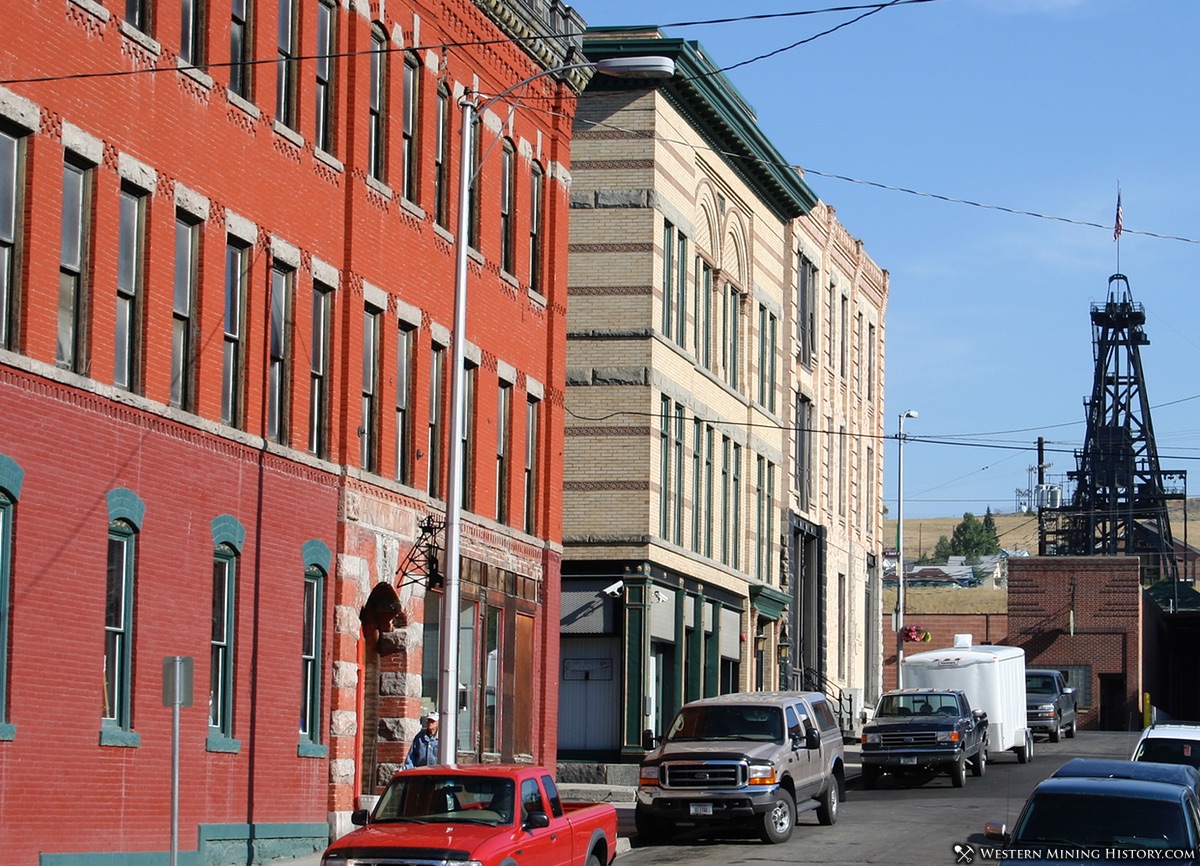
Butte, Montana is the clear winner when considering historical significance. Settled in the 1860s as a gold placer camp, Butte was stagnant by the 1870s as the placers ran out. Silver mining brought the district back to life in the late 1870s, but it was the high copper content of the ores that determined Butte’s future.
By 1882, Butte had become a major copper producer just as electrification was beginning to sweep the nation. By 1896, the Butte mines were producing over 25% of the world’s copper and employing over 8,000 men. At it’s peak in 1910, Butte had a population of over 100,000.
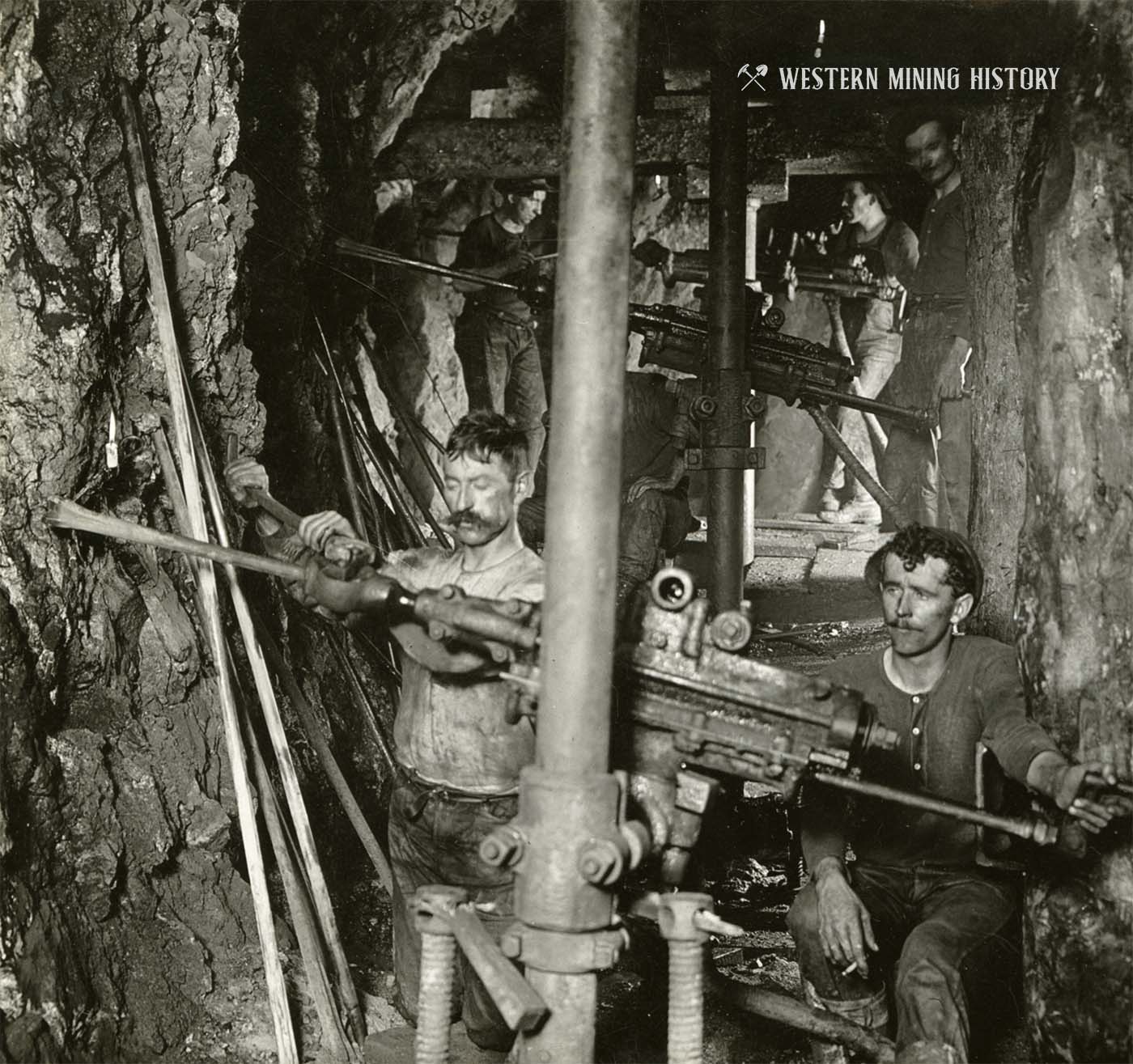
Today, Butte is a fascinating city full of historic buildings, mine headframes, museums and historical sites.
2. Virginia City, Nevada
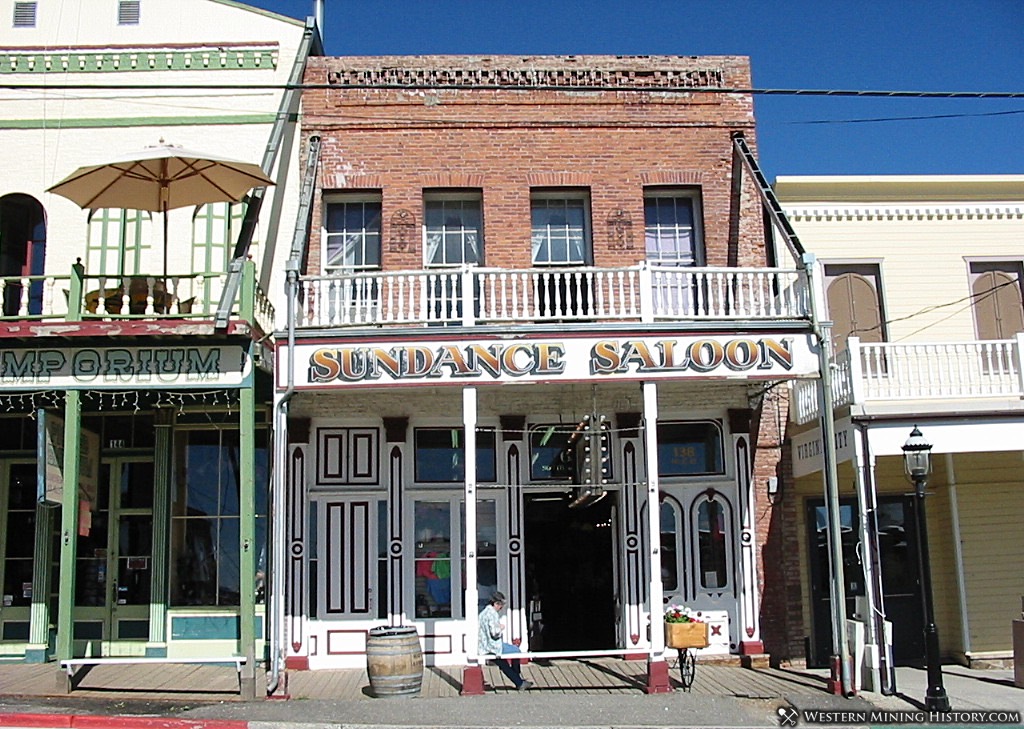
Just as the placer deposits of the California Gold Rush were starting to decline in the late 1850s, major silver discoveries were made on the other side of the Sierra Mountains at what would become Virginia City, Nevada. Ironically, miners had been placer mining this area for almost 10 years, unaware they were literally standing on a mountain of silver.
The mining district around Virginia City was known as the Comstock Lode, and would prove to be one of the richest discoveries in history. The wealth of the Comstock was so spectacular that it prompted the government to rush statehood for Nevada in 1864. The ore bodies were followed to great depths, and many early innovations in mining were made at the Comstock mines.
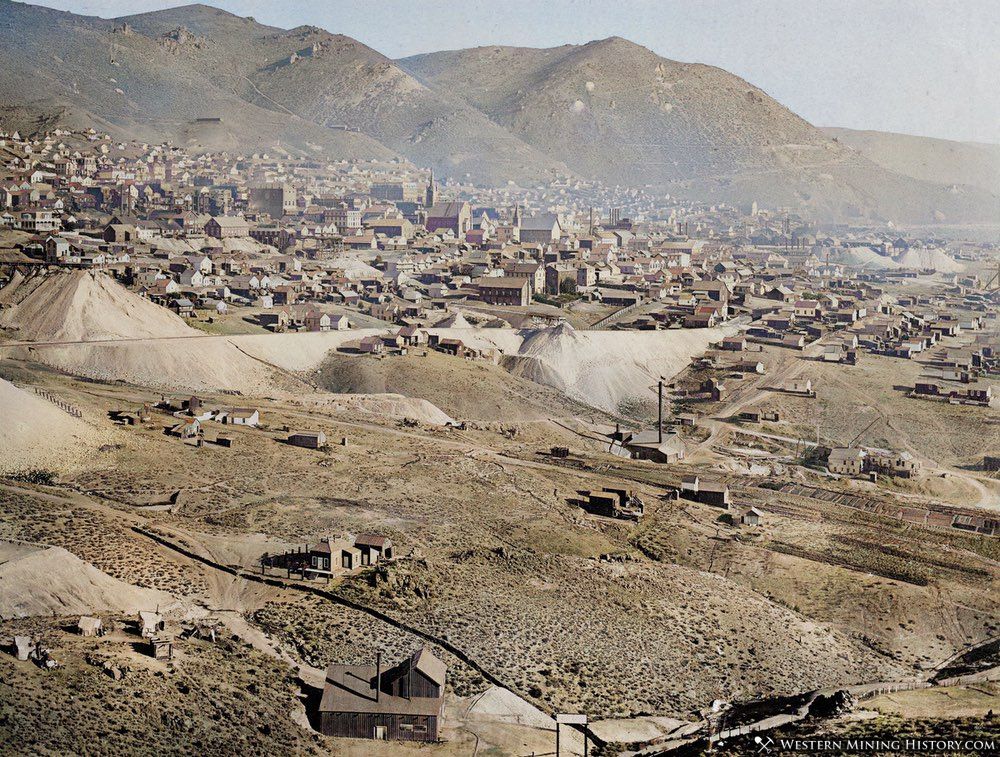
Today, Virginia City is a very popular tourist destination and contains numerous historic buildings dating back as far as the 1860s. The town has several museums and historic sites to visit.
3. Deadwood, South Dakota
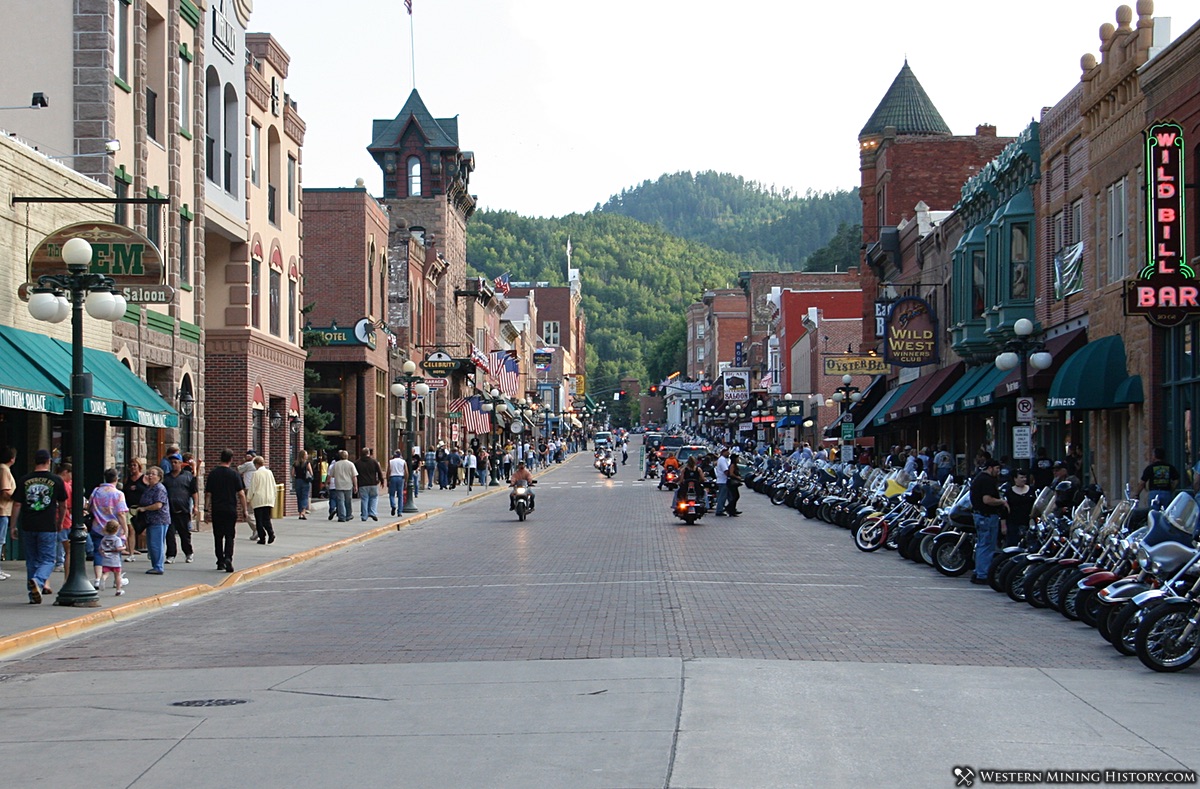
Gold was discovered in 1875 at Deadwood Gulch, sparking a new rush to the Black Hills of South Dakota.
Deadwood became famous as the site of Wild Bill Hickok’s murder in 1876. Deadwood is the final resting place of Wild Bill, Calamity Jane, Seth Bullock, and many other colorful characters of the Wild West.
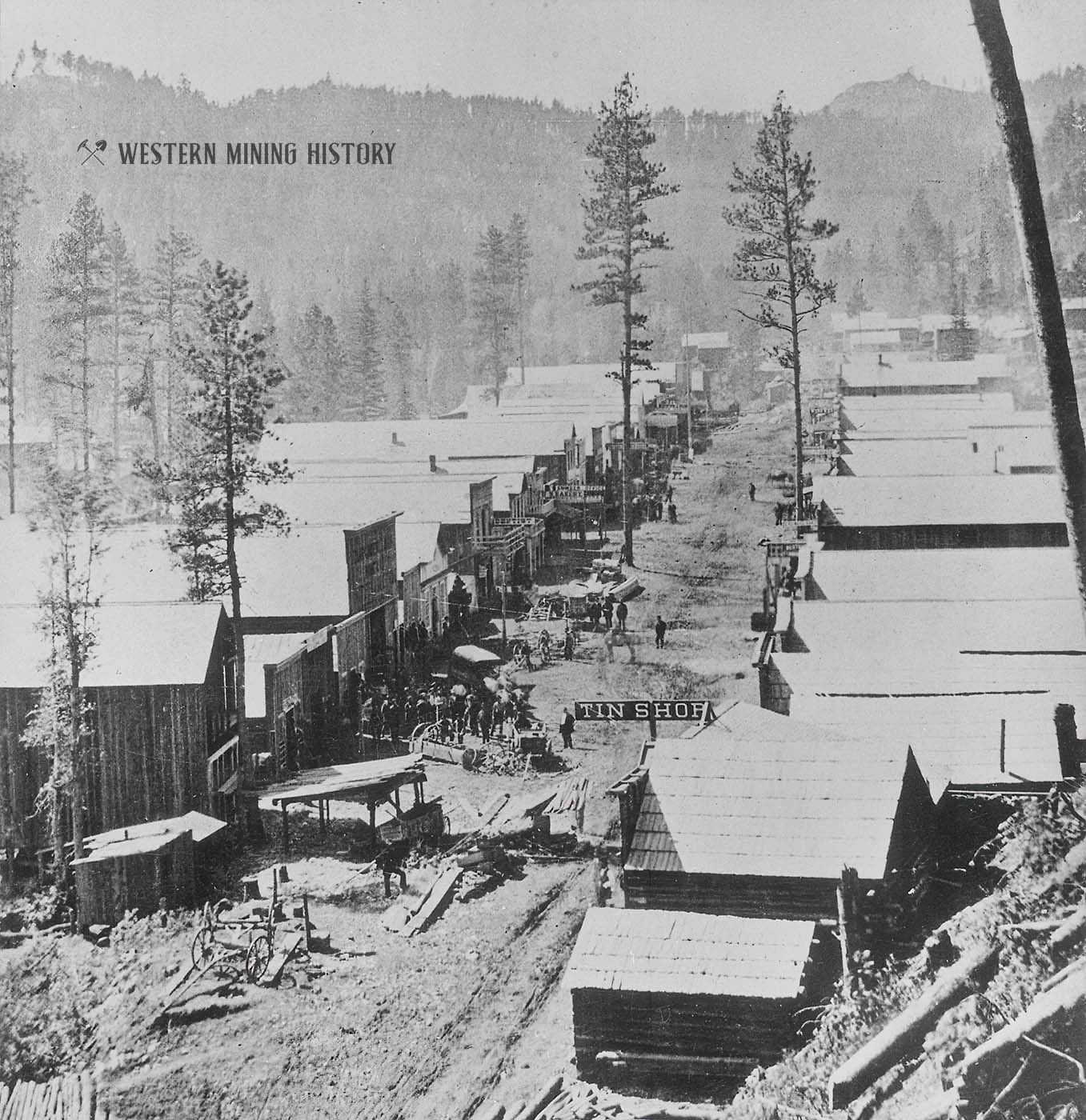
The Black Hills went on to be the richest single gold mining district in the United States, eventually producing over 25 million ounces of gold. Today, Deadwood has transitioned to a gambling town and is a popular destination for tourists.
4. Leadville, Colorado
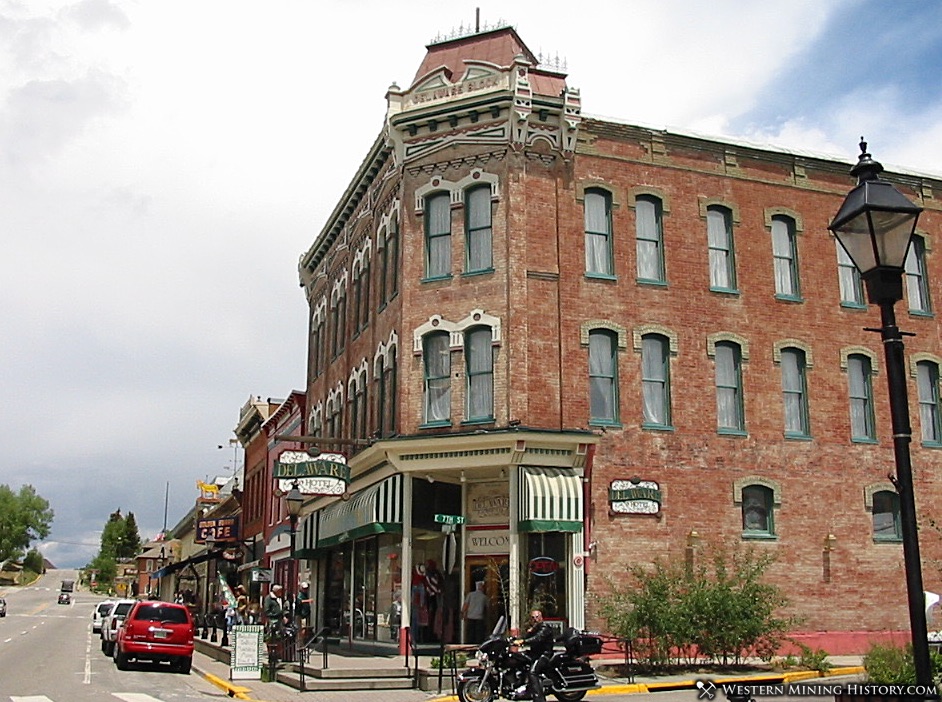
Leadville, Colorado has a similar history to that of Virginia City. Miners operated gold placer mines in the area for over a decade before attention was turned to the silver deposits in the mid 1870s. The silver mines proved to be rich, and a new rush was on to Leadville.
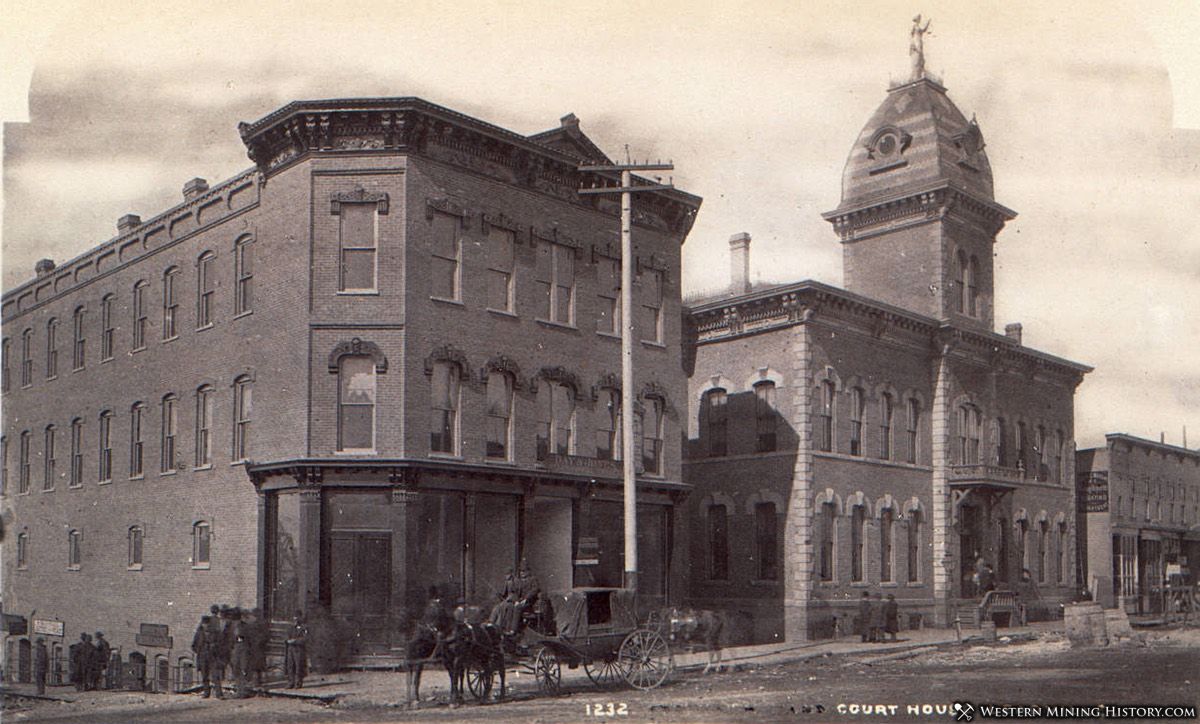
At over 10,000 feet, Leadville is one of highest towns in the country. Many impressive historical buildings remain and the town is full of history. “Cloud City”, as Leadville is sometimes referred to, is certainly a must-see destination for curious travelers.
5. Central City, Colorado
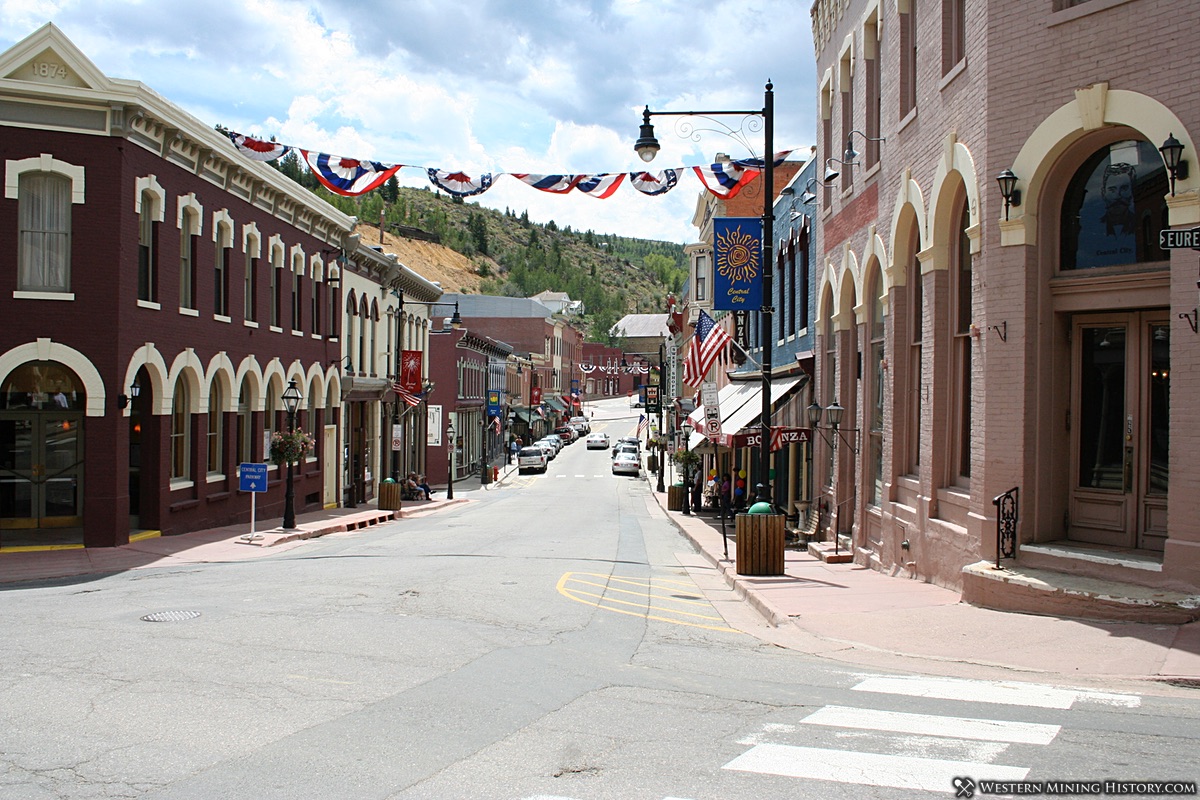
Gold was discovered at the site of Central City in 1859, making it one of the earliest discoveries in the Rocky Mountains. Central City was the first great mining city to be established outside of California and has a long and fascinating history. The town was at the center of what became known as “The Richest Square Mile on Earth”.
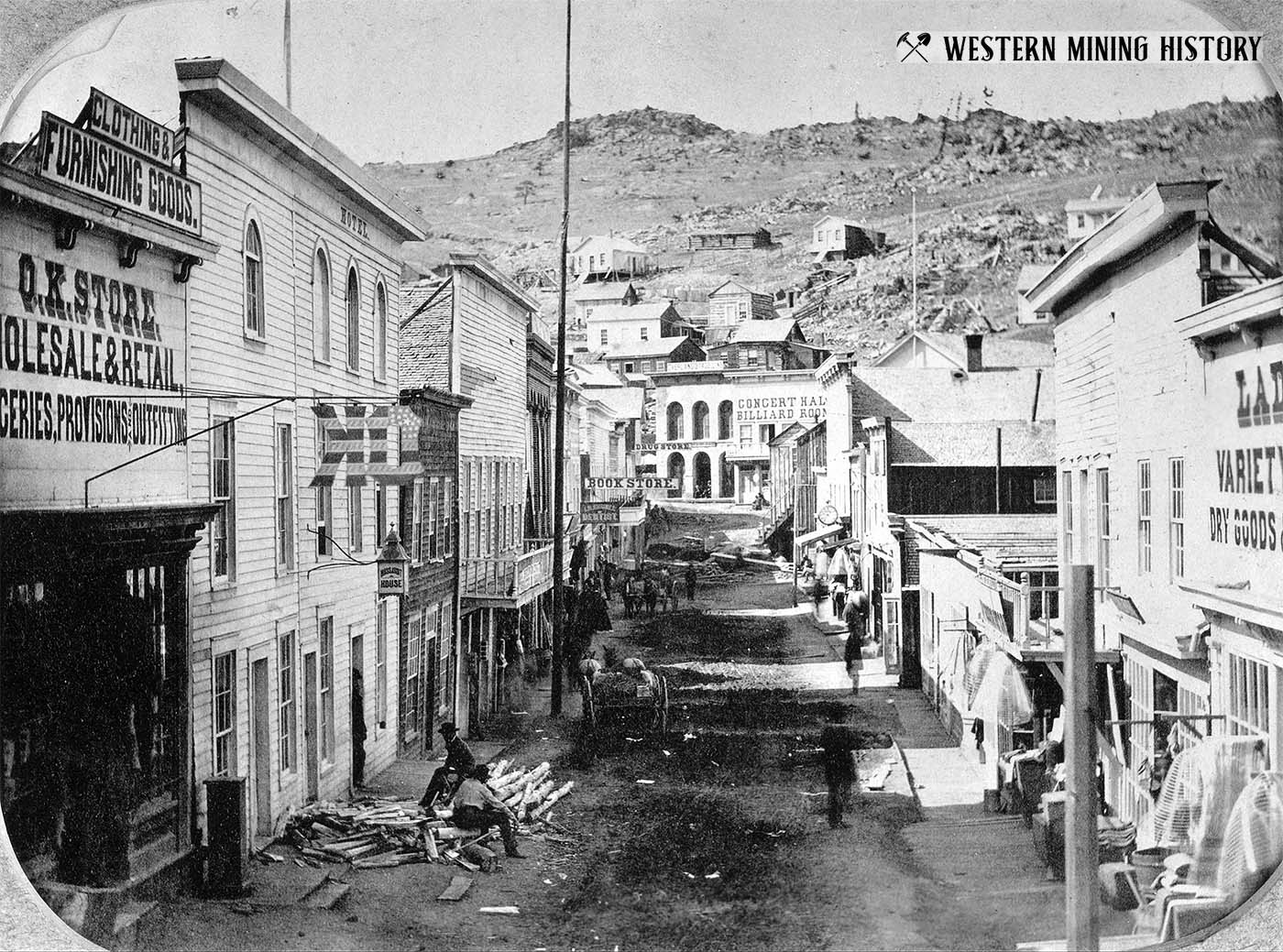
Central City was built in a gulch, and the densely packed buildings and narrow streets remind visitors of an old Eastern or European town. Central City diversified its economy by becoming a gambling town and numerous casinos await tourists.
6. Cripple Creek, Colorado
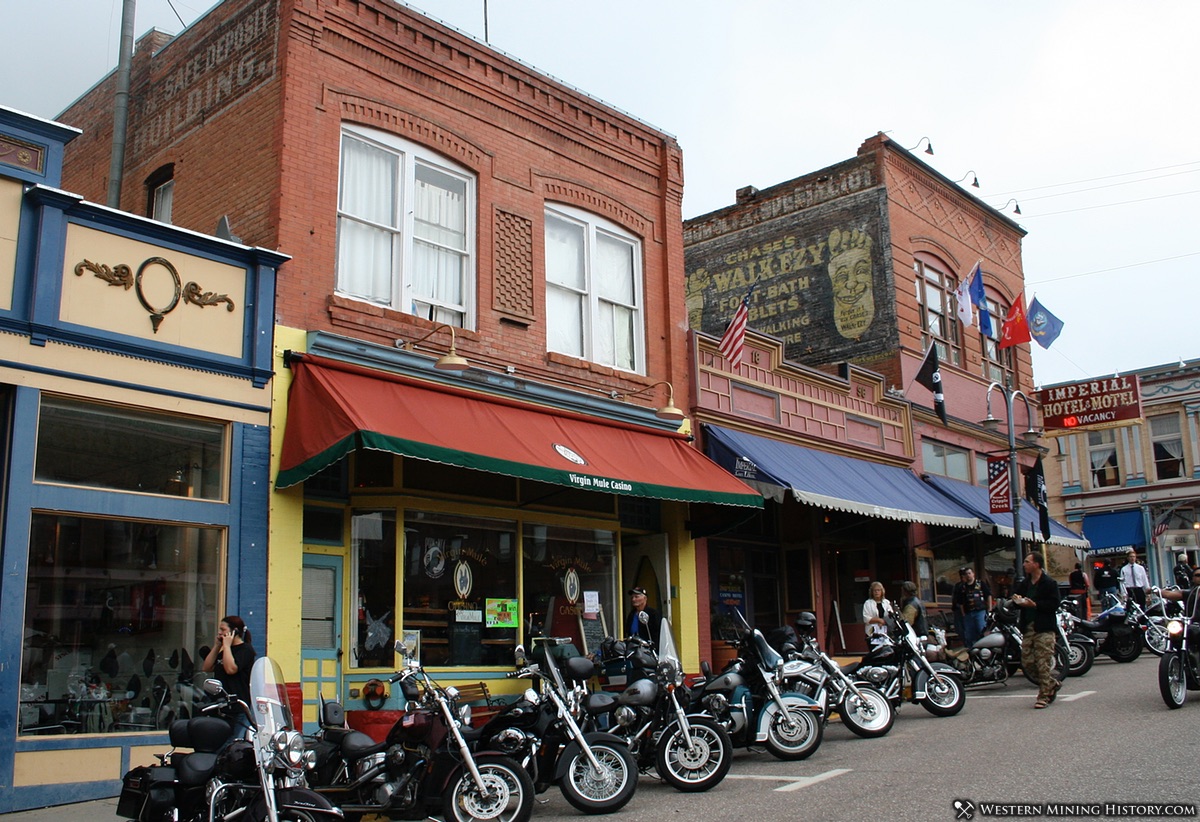
Established in 1891, Cripple Creek quickly became one of the worlds greatest gold camps. By 1900 there were over 500 mines operating in the Cripple Creek district. The great wealth coming out of the mines turned Cripple Creek into a bustling and prosperous city of over 35,000 people.
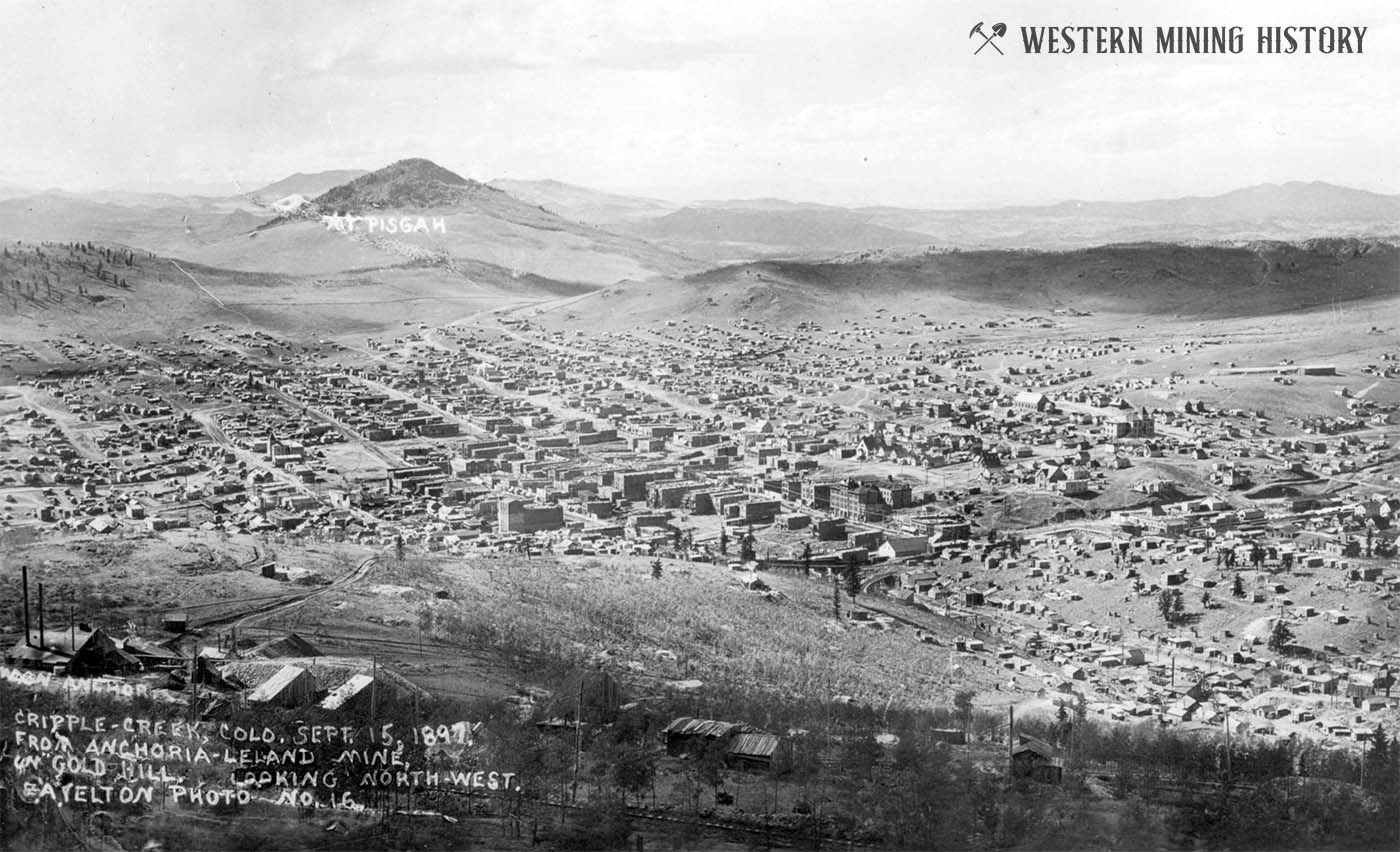
Cripple Creek is another mining town that has turned to gambling to diversify its economy. Numerous casinos and hundreds of historic structures make Cripple Creek a great tourist destination.
7. Bisbee, Arizona
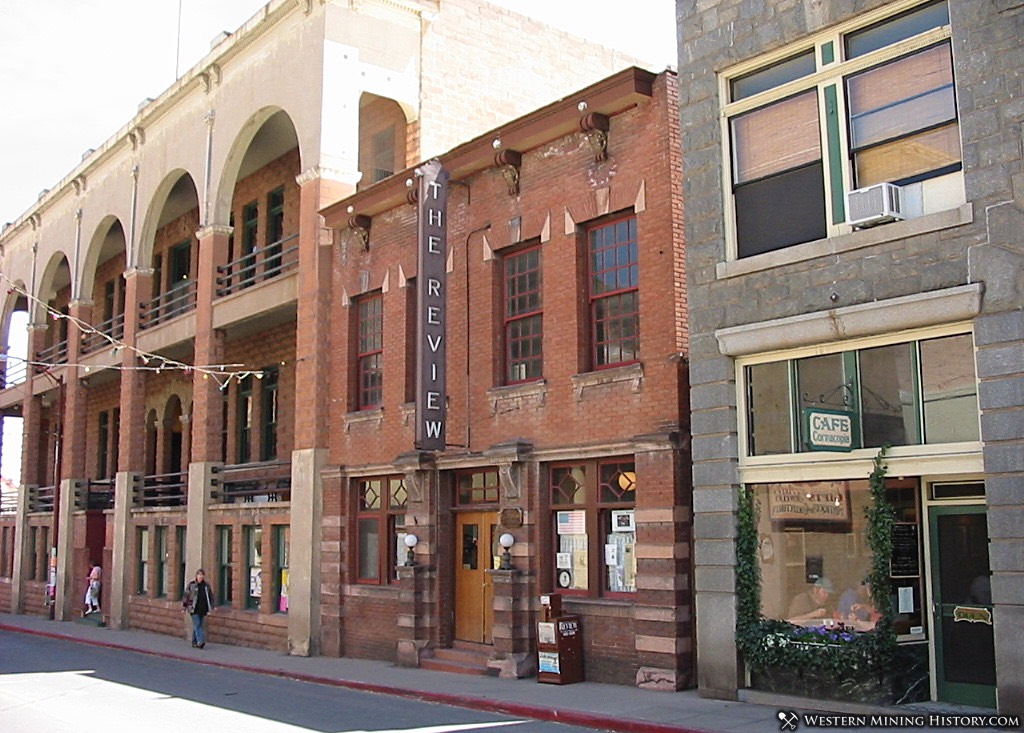
Bisbee, Arizona was founded as a copper, gold, and silver mining town in 1880. Bisbee became a booming copper camp, and boasted a population of over 25,000 by 1910.
By the mid-1970s copper mining in the Bisbee area came to an end. Due to the unique nature of the town, artists and hippies were drawn to the area and the town was reborn as an artist’s colony.
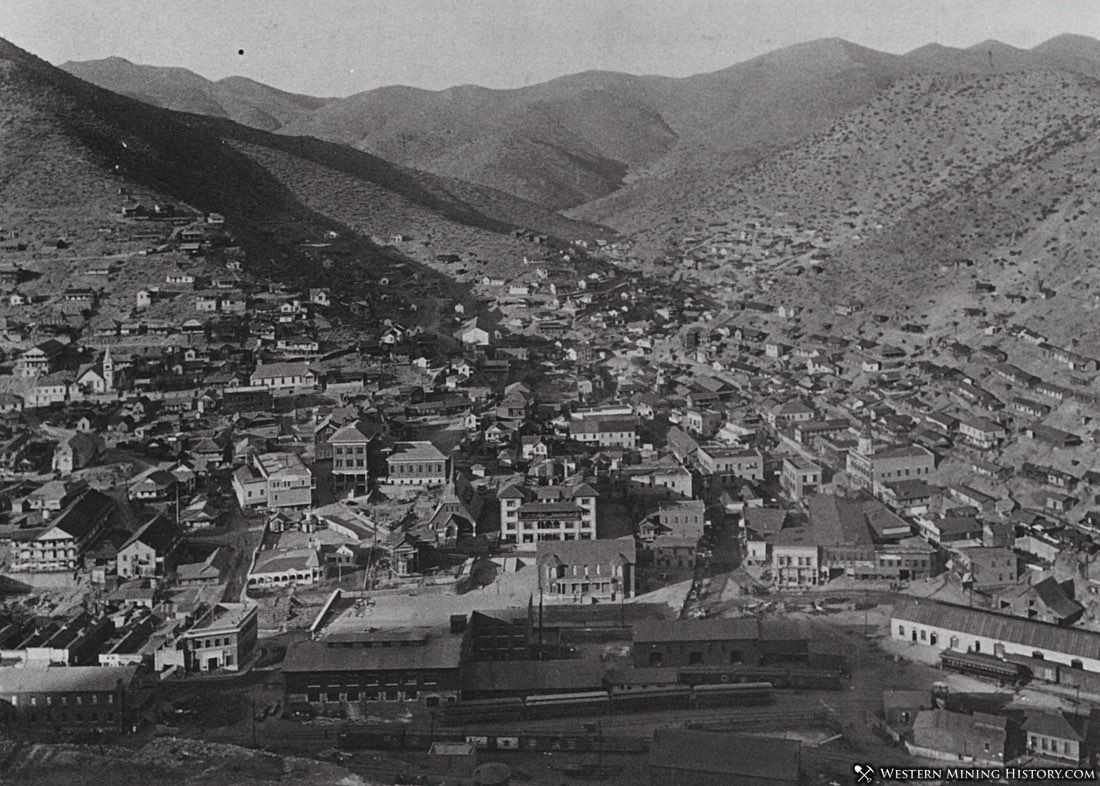
Bisbee is a town that must be experienced to understand how unique it is. The buildings and homes are tightly packed and built on narrow, winding streets and on steep hillsides. Long staircases link the hillside residential neighborhoods with the downtown area. Bisbee is a town to spend a full day walking around in, soaking up the amazing history and enjoying the pleasant Arizona weather.
8. Jerome, Arizona
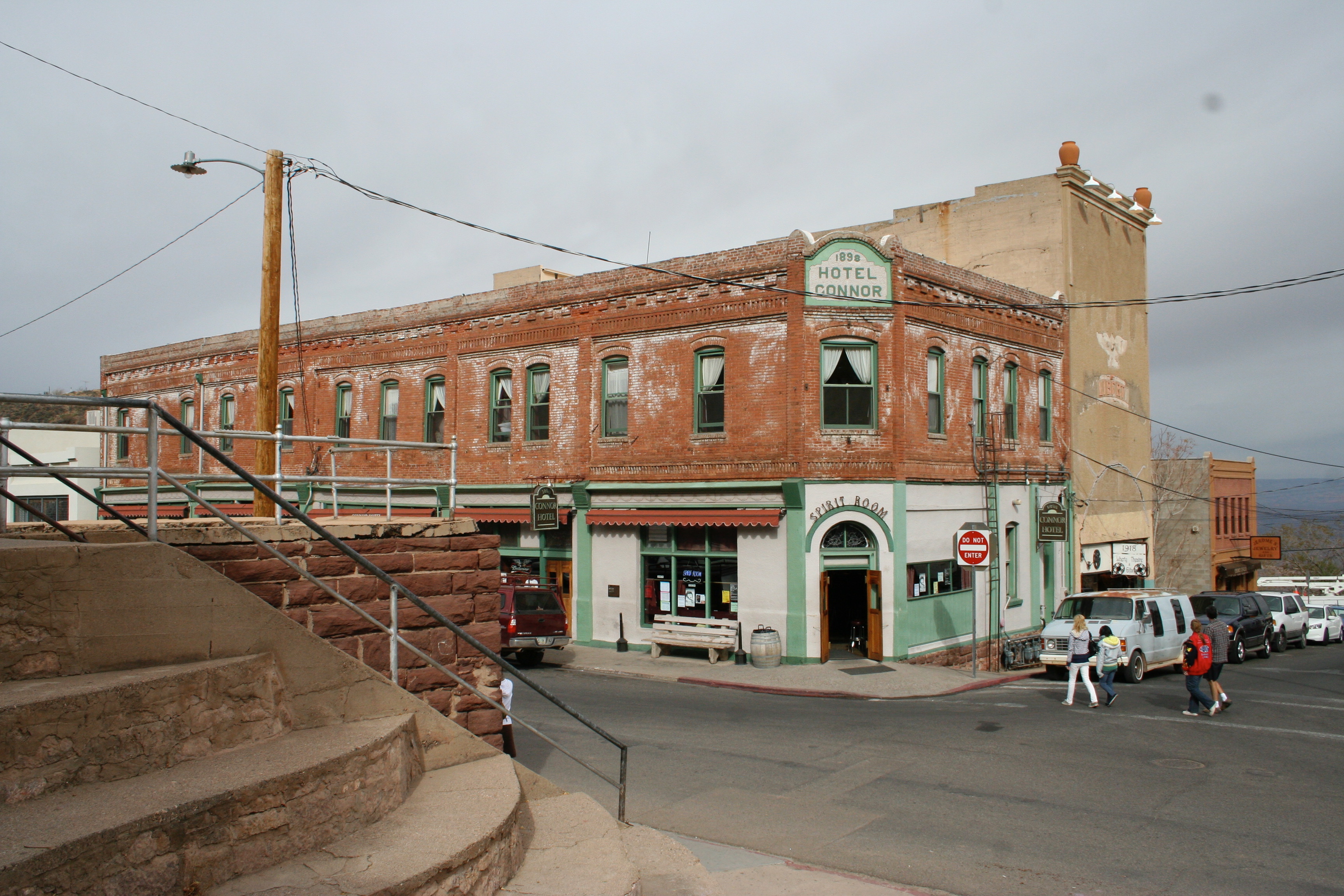
A mining camp named Jerome was established on the side of Cleopatra Hill in 1883. The town housed the workers in the nearby United Verde Mine, which was to produce over 1 billion dollars in copper, gold and silver over the next 70 years.
Jerome became a notorious “wild west” town, a hotbed of prostitution, gambling, and vice. On 5 February 1903, the New York Sun proclaimed Jerome to be “the wickedest town in the West”.
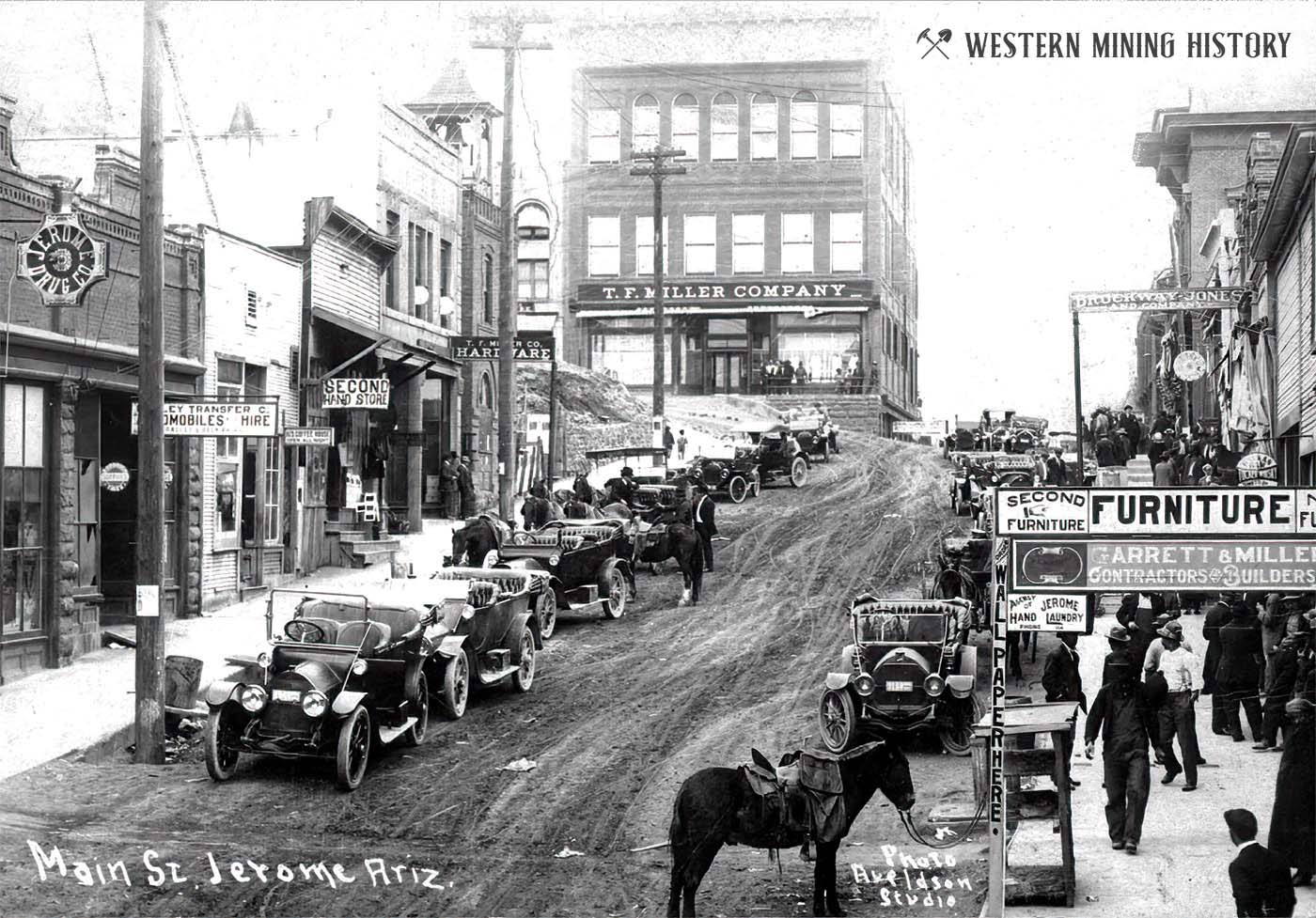
Whereas Bisbee is built in narrow gulches, Jerome is precariously perched on the side of a mountain with incredible views of the valley below. Jerome is probably the most unusual location for a major mining town of any place in the West, which is part of what adds to its charm.
Jerome is a popular tourist destination with numerous hotels, restaurants, and shops.
9. Nevada City, California
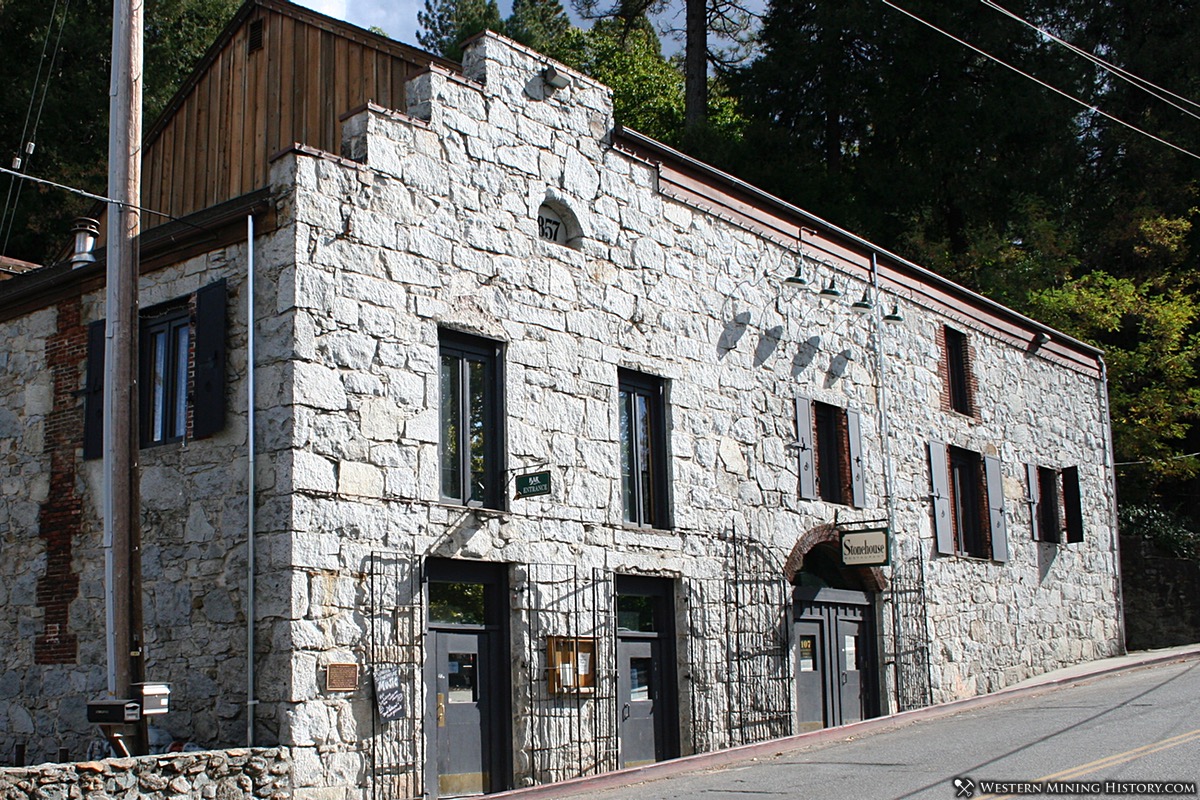
First settled in 1849, Nevada City is one of the oldest of the Gold Rush towns. A prosperous mining town, Nevada City became California’s third largest city with over 10,000 residents.
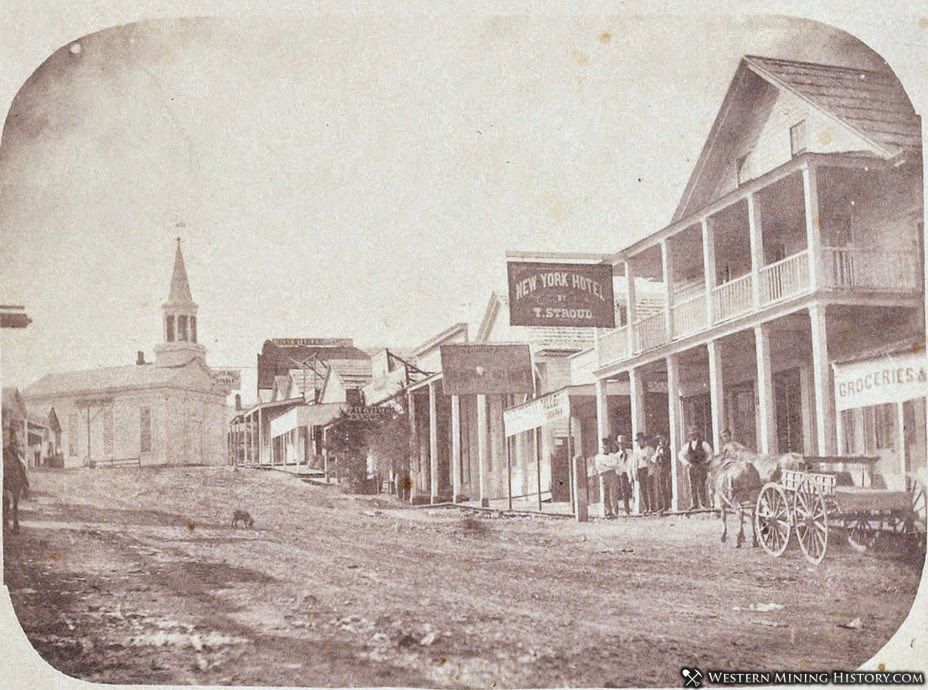
Numerous Gold Rush-era buildings have been preserved in Nevada City. The historic district, including 93 buildings, is listed on the National Register of Historic Places. The town also contains 18 state and local landmarks.
10. Wallace, Idaho
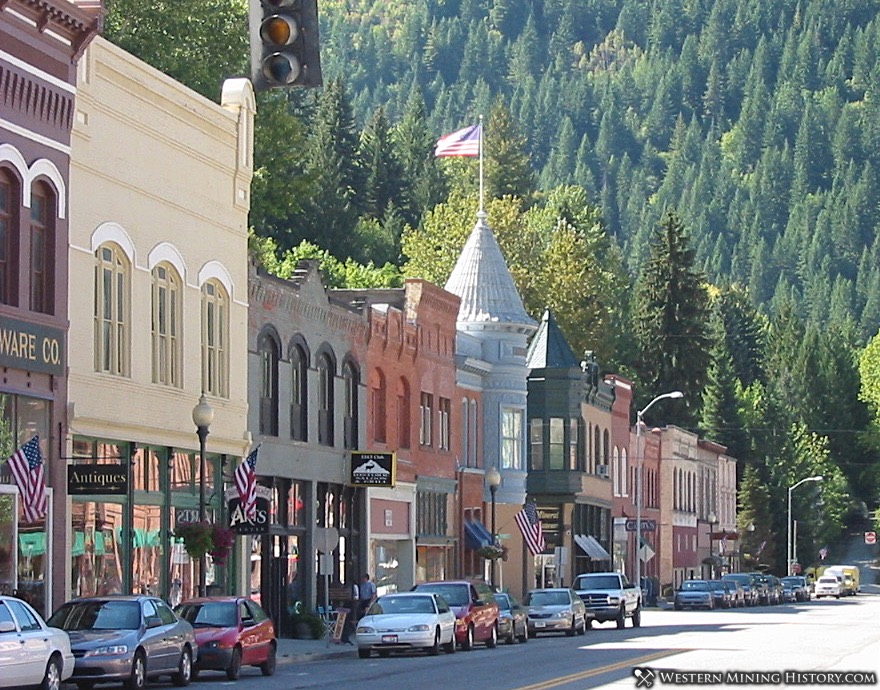
Wallace, Idaho was settled in 1884 near rich silver discoveries. Wallace is located in what has become known as the “Silver Valley” of northern Idaho. Unlike other famous silver districts which declined by the early 1900s, the Silver Valley has operated continuously as a major mining center.
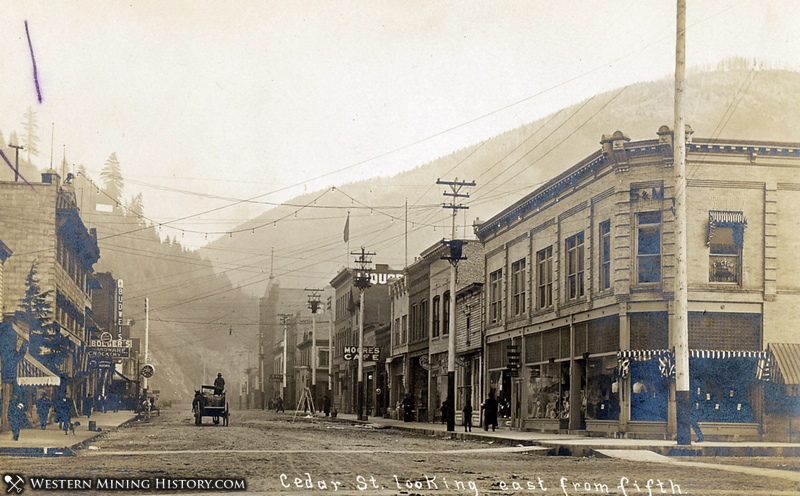
In 1979, several blocks of downtown Wallace were listed on the National Register of Historic Places as a historic district. Historic Wallace is located in a narrow valley among steep and heavily forested mountains. The beautiful town was featured in the The 1997 film Dante’s Peak
The Top Ten Gold Producing States
These ten states contributed the most to the gold production that built the West from 1848 through the 1930s. Read more at The Top Ten Gold Producing States.
